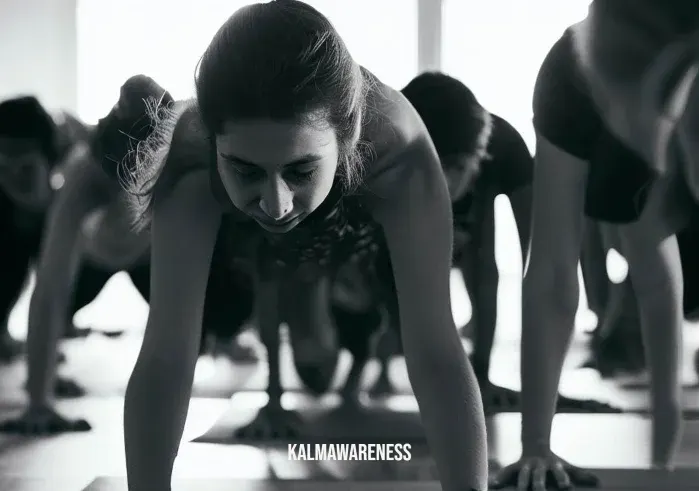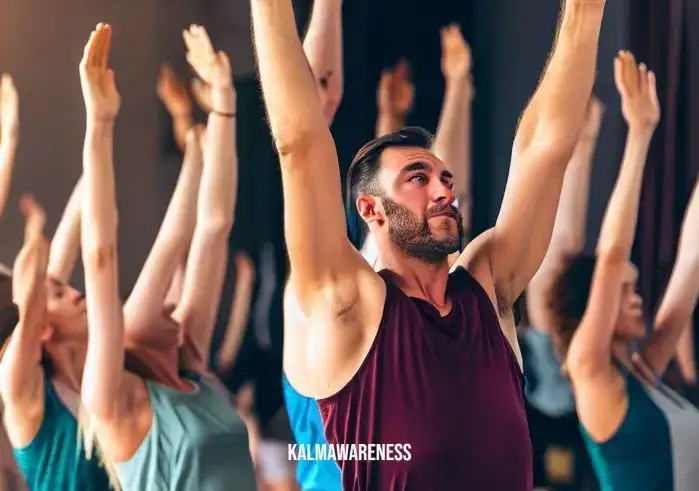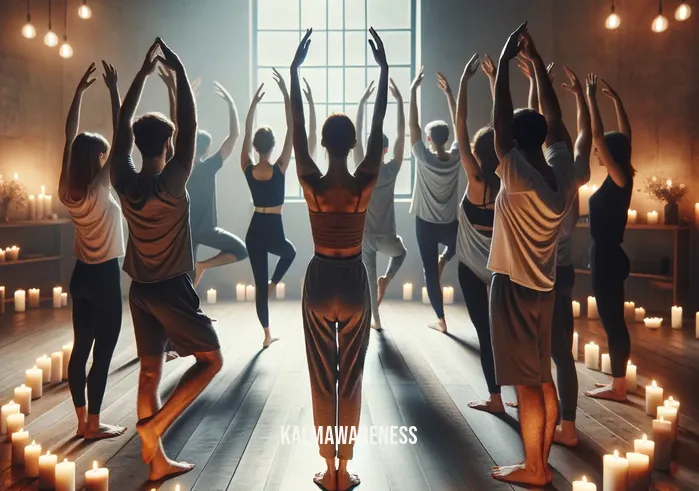Crow vs Crane Pose Yoga: Mastering Balance and Strength
| Description | Explanation |
|---|---|
| Pose Name | Crow vs Crane Pose Yoga |
| Original Name | Bakasana vs Tittibhasana |
| Difficulty Level | Intermediate to Advanced |
| Pose Category | Arm Balances |
| Exercise Duration | Varies, aim for 30 seconds to 1 minute |
Welcome to the first part of our exhilarating yoga journey, where we explore the captivating world of arm balances. In this series, we delve into the dynamic and awe-inspiring practice of yoga poses that challenge our balance, strength, and mental focus. In this article, we will focus on the intriguing contrast between two popular arm balance poses: the Crow Pose (Bakasana) and the Crane Pose (Tittibhasana). Are you ready to soar to new heights and discover the magic of these empowering poses?
Crow Pose: Defying Gravity
The first pose we will explore is the renowned Crow Pose, also known as Bakasana. This pose, resembling a majestic crow poised for flight, requires a delicate balance of strength and focus. Here’s how to find your wings:
- Start in a squatting position, with your feet slightly apart. Place your hands shoulder-width apart on the mat, spreading your fingers wide for stability.
- Bend your elbows slightly and lean forward, shifting your weight onto your hands.
- Gently rest your knees on the back of your upper arms, close to the armpits.
- Engage your core muscles and lean forward, shifting more weight onto your hands. Lift one foot off the ground, then the other, finding balance on your hands.
- Keep your gaze slightly forward, maintaining a soft and steady breath.
- Hold the pose for as long as feels comfortable, gradually increasing the duration with practice.
- To release, gently lower your feet back to the mat and come into a squatting position.
Crow Pose offers numerous benefits, including strengthening the arms, wrists, and core muscles. It also enhances focus, concentration, and overall body awareness. As you continue through this article, get ready to discover the Crane Pose and its unique qualities.
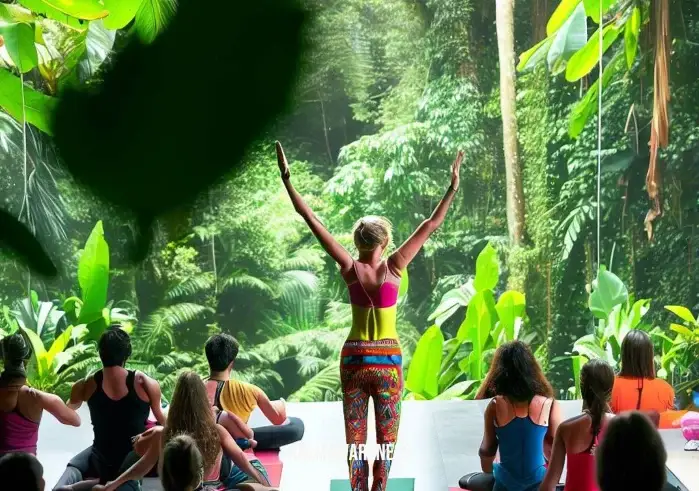
Crow vs Crane Pose Yoga: Unveiling Benefits and Variations
In the previous chapter, we embarked on an exciting exploration of the Crow Pose (Bakasana) and its remarkable ability to defy gravity. Now, let’s dive deeper into the world of arm balances as we unravel the unique benefits and variations of this empowering yoga practice. Whether you’re a seasoned yogi or a curious beginner, there’s something for everyone in the realm of Crow vs Crane Pose Yoga.
Unleashing the Benefits
- Strengthens the Upper Body: Crow and Crane poses require substantial upper body strength, particularly in the arms, shoulders, and wrists. As you practice these poses regularly, you’ll notice an increase in your muscular endurance and stability.
- Enhances Core Stability: Balancing your body weight on your hands engages the deep core muscles, including the abdominals and the muscles surrounding the spine. Regular practice of Crow and Crane poses can lead to improved core strength and stability.
- Boosts Mental Focus: These arm balances demand unwavering concentration and focus. As you strive to maintain the pose, you’ll develop mental resilience, heightened awareness, and an ability to quiet the mind.
- Improves Balance and Coordination: Balancing on your hands challenges your proprioceptive abilities and improves overall balance and coordination. With consistent practice, you’ll witness a significant improvement in your body’s alignment and stability.
- Cultivates Courage and Self-Confidence: Arm balances can be intimidating, but they also provide an opportunity for personal growth. As you conquer your fears and witness your progress, you’ll develop a sense of courage and self-confidence that transcends the yoga mat.
Listen to Your Body: Who Should and Shouldn’t Attempt the Pose?
While Crow and Crane poses offer numerous benefits, it’s essential to practice with caution and respect for your body’s limitations. Here’s a breakdown of who can safely attempt these poses and who should exercise caution or avoid them altogether:
Who Can Practice:
- Individuals with a consistent yoga practice and a solid foundation of arm strength and stability.
- Practitioners who are free from wrist or shoulder injuries and have no active wrist pain.
- Those who have developed adequate core strength and body awareness.
Who Should Exercise Caution or Avoid:
- Beginners who haven’t yet built the necessary arm strength and stability. It’s crucial to establish a strong foundation before attempting these challenging arm balances.
- Individuals with wrist, shoulder, or elbow injuries or conditions. These poses place significant stress on the upper body joints and may exacerbate existing issues.
- Pregnant women or individuals with high blood pressure should avoid intense arm balances due to the potential strain on the body.
Remember, yoga is a personal journey, and it’s essential to honor your body’s unique needs and limitations. Always listen to your body and work within your own comfort zone.
Embracing Variations: Levels for All
Crow and Crane poses offer a spectrum of variations to cater to practitioners of different experience levels. Here are some variations you can explore:
- Beginner Variation: If you’re new to arm balances, start by practicing a modified Crow pose with your feet resting on a block or bolster. This variation allows you to build strength and stability gradually.
- Intermediate Variation: As your strength and confidence grow, you can explore the full expression of Crow and Crane poses by lifting both feet off the ground. Remember to engage your core and maintain steady breath throughout.
- Advanced Variation: For seasoned practitioners seeking an extra challenge, you can experiment with advanced transitions, such as transitioning from Crow pose to Crane pose or exploring one-arm variations of the poses. These advanced variations require exceptional strength, focus, and body control.
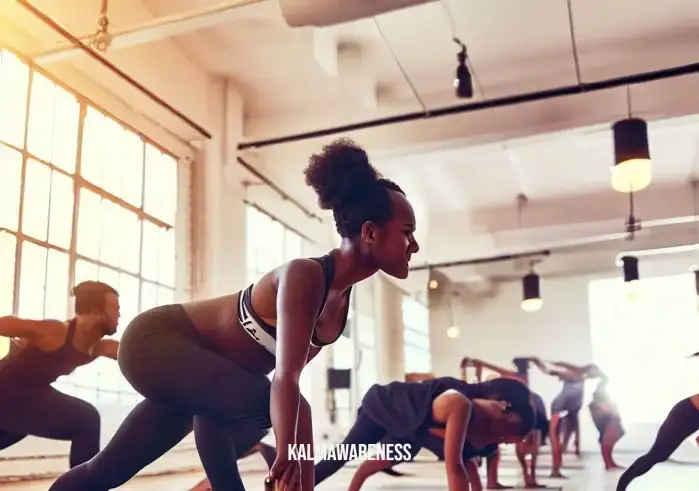
Crow vs Crane Pose Yoga: Unveiling History, Spiritual Significance, and Enhancing Your Practice
In the previous chapters, we explored the captivating benefits, variations, and precautions associated with the Crow vs Crane Pose Yoga. As our journey continues, let’s dive into the rich history behind these poses, unravel their spiritual significance, discover tips for maximizing your practice, learn from common mistakes to avoid, explore modifications for different needs, and explore complementary poses that can enhance your overall yoga experience.
The History: Ancient Roots and Evolution
Crow and Crane poses have deep roots in the ancient practice of yoga. While the exact origins of these poses are difficult to trace, they have been mentioned in various ancient texts and scriptures. These poses were passed down through generations, evolving and adapting as yoga itself progressed.
Both poses draw inspiration from the natural world, with the Crow Pose mimicking the posture of a crow, and the Crane Pose emulating the elegant grace of a crane. As yoga spread throughout the world, these poses gained popularity for their ability to cultivate strength, balance, and focus.
Spiritual Significance: Beyond the Physical
In addition to their physical benefits, Crow and Crane poses hold spiritual significance in the realm of yoga. Here are some spiritual aspects associated with these poses:
- Balancing Opposites: Crow and Crane poses represent the harmonious balance of opposing forces within us. They symbolize the union of strength and grace, effort and surrender, grounding and flight.
- Connection to Nature: These poses embody the grace and agility of birds, fostering a sense of connection to the natural world. By emulating the movements of these majestic creatures, practitioners can tap into a deeper sense of interconnectedness.
- Focus and Concentration: Balancing on your hands in Crow and Crane poses requires intense focus and concentration. As you tune into your breath and find stability, you cultivate a meditative state of mind, enhancing mental clarity and presence.
Tips for Optimal Practice
To make the most of your Crow vs Crane Pose Yoga practice, consider these helpful tips:
- Warm-Up: Before attempting these poses, warm up your wrists, shoulders, and core with gentle stretches and rotations to prepare the body for the demands of arm balances.
- Build Core Strength: Strengthening your core muscles is crucial for maintaining balance and stability in these poses. Incorporate core-focused exercises into your routine to develop a solid foundation.
- Gradual Progression: Approach these poses with patience and respect for your body’s abilities. Start with modified versions and gradually progress to more challenging variations as your strength and confidence grow.
- Focus on Alignment: Pay attention to proper alignment in your wrists, arms, and shoulders to avoid unnecessary strain. Engage your core, keep your gaze forward, and maintain a neutral spine for optimal balance.
Common Mistakes to Avoid
While practicing Crow and Crane poses, be mindful of these common mistakes that can hinder your progress:
- Collapsing Shoulders: Avoid rounding or hunching your shoulders forward. Instead, engage your shoulder blades and broaden across the chest for stability and optimal alignment.
- Gripping with Hands: Don’t clench or grip the mat excessively with your hands. Instead, distribute your weight evenly through your palms and fingers, maintaining a firm but relaxed grip.
- Holding Your Breath: It’s natural to hold your breath when attempting challenging poses. Remember to maintain a steady and even breath throughout your practice, allowing it to support your movements.
Modifications for Individual Needs
Every body is unique, and modifications can help make these poses accessible to practitioners with different needs or limitations. Here are a few modifications to consider:
- Wrist Support: If you experience discomfort in your wrists, try placing a folded blanket or using wrist supports to reduce the strain.
- Blocks for Height: Use blocks under your hands to decrease the distance between the ground and your hands, providing extra support as you build strength and stability.
- Wall Assistance: When starting out, practice these poses near a wall. This allows you to lightly touch the wall for balance and support until you gain confidence.
Complementary Poses: Expanding Your Yoga Practice
To deepen your yoga journey and enhance your experience with Crow and Crane poses, consider incorporating complementary poses into your practice. Here are a few suggestions:
- Chaturanga Dandasana (Four-Limbed Staff Pose): This pose strengthens the arms, shoulders, and core, preparing you for the arm balances of Crow and Crane poses.
- Bakasana Twist (Crow Twist): Adding a twist to the Crow Pose enhances spinal mobility and challenges your balance further.
- Padmasana (Lotus Pose): Practicing Lotus Pose after arm balances helps counterbalance the intensity and cultivates a sense of grounding and stillness.
